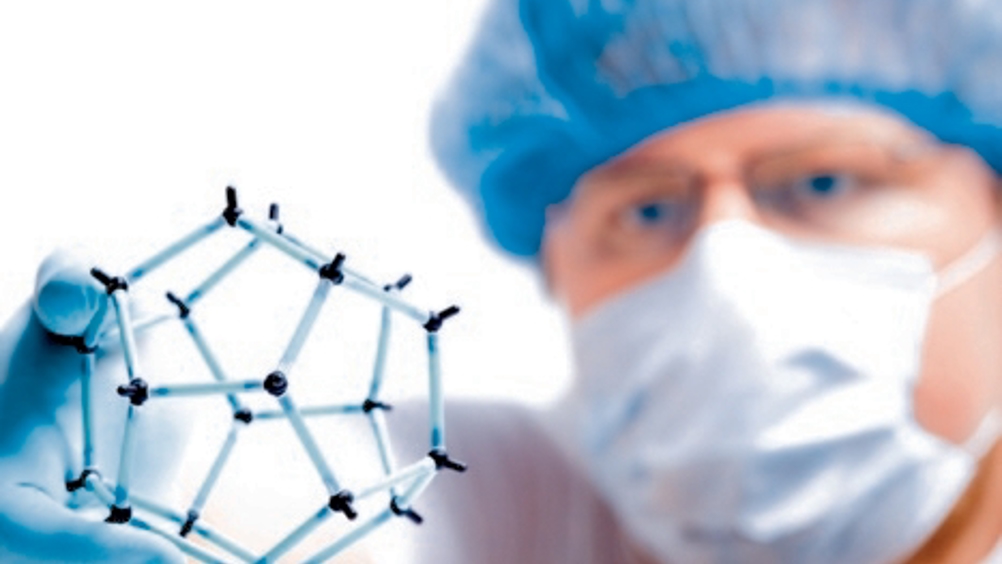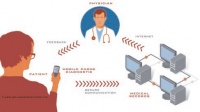How nanotechnology is revolutionising medical diagnostics
“The technology is ready, but one of the biggest challenges is developing the infrastructure for all the data.” VICTOR HIGGS, APPLIED NANODETECTORS.


The idea is that a patient blows into a small hole at the top of his or her mobile phone, where a carbon nanotube and silicon-based sensor will be able to detect the amount of nitric oxide in their breath. After a few seconds, a traffic-light warning system will come on to indicate high levels of nitric oxide and help warn of an asthma attack. This data can be sent via the mobile phone to a healthcare server, automatically updating the patient’s records and alerting a doctor if necessary.
’The technology is ready, but one of the biggest challenges is developing the infrastructure for all the data,’ explained Victor Higgs, chief executive of Applied Nanodetectors. ’You can imagine if a diagnostic tool becomes credible, there will be a huge amount of information. But with the right systems in place, it could be possible for you to monitor your health at home and automatically integrate that data with the tests done at a doctor’s surgery.’
Register now to continue reading
Thanks for visiting The Engineer. You’ve now reached your monthly limit of premium content. Register for free to unlock unlimited access to all of our premium content, as well as the latest technology news, industry opinion and special reports.
Benefits of registering
-
In-depth insights and coverage of key emerging trends
-
Unrestricted access to special reports throughout the year
-
Daily technology news delivered straight to your inbox










Water Sector Talent Exodus Could Cripple The Sector
Maybe if things are essential for the running of a country and we want to pay a fair price we should be running these utilities on a not for profit...